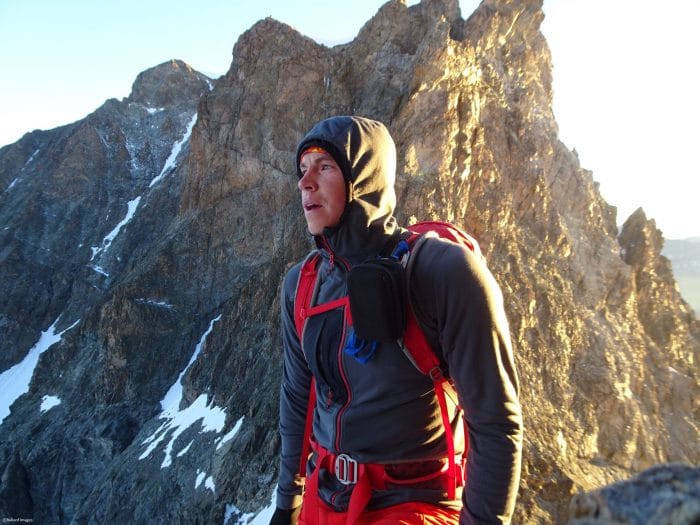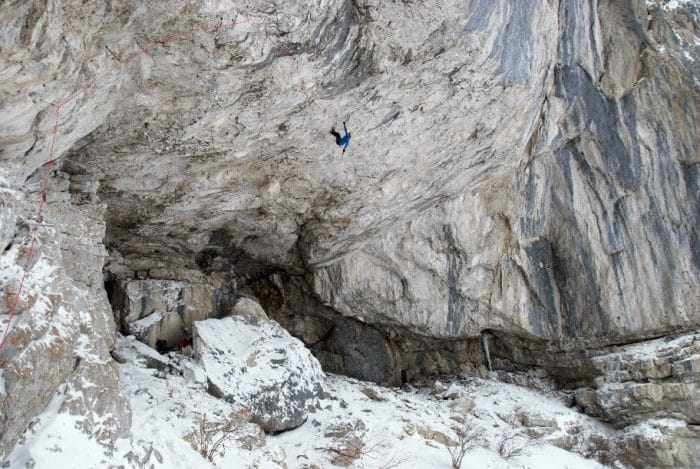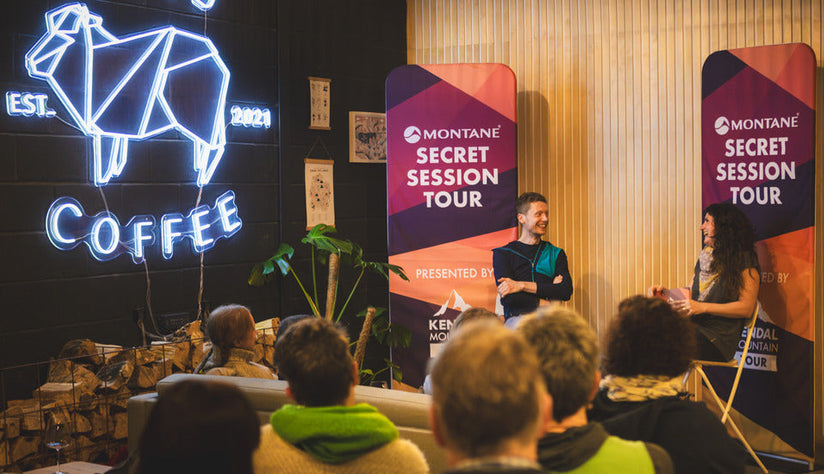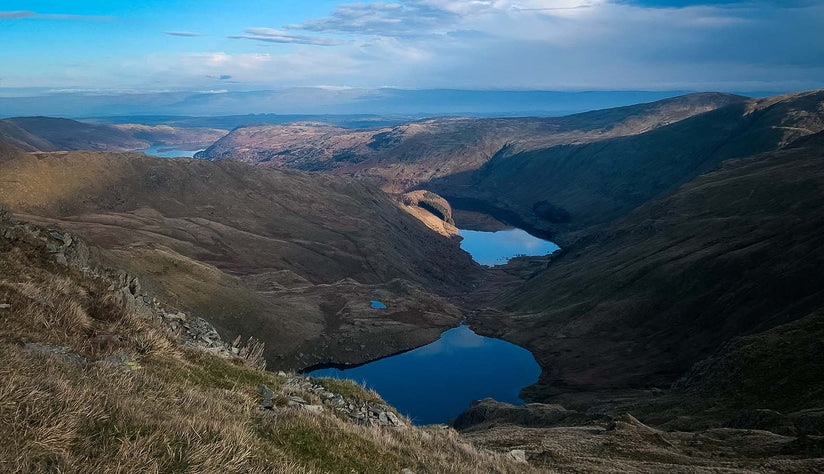Tom Ballard plans to summit Nanga Parbat in Winter via a hitherto unclimbed route.
Diamer face of Nanga Parbat
Mummery reached almost 6,100m on this expedition and later died reconnoitring the Rakhiot (NE) Face. His intended line remains unclimbed to this day. Nanga Parbat – known locally as Diamer (دیامر) – is the ninth highest mountain in the world standing at 8,126m (26,660ft) above sea level, and one of the 14 ‘eight-thousanders’. Notoriously difficult to climb, numerous deaths on its exposed faces in the mid and early 20th century lent it the nickname of “Killer Mountain”. 
Tom testing Montane Prototypes in the Dolomites - click here to see our mountaineering kit
Whilst Daniele has been to Nanga Parbat four times before, this will be the first time attempting an 8000m peak for Tom. The pair will attempt to complete Mummery’s route – the boldest and most direct line to the summit. Predominantly based in the Alps, Tom will have to tackle with extreme altitude for the first time, as well as cold a significant order of magnitude above what even he is used to:
“It's a real new learning experience, I have to learn a lot more about my body and how I react to altitude. I’ve done a lot of first winter ascents in the Alps, but Himalayan Winter Alpinism is so much more remote, so much higher and colder. It makes everything exponentially more difficult and dangerous. The tasks involved in Himalayan climbing are the same, just harder” - Tom Ballard 
Tom in his natural habitat – climbing hard, technical routes in the Alps.
Tom’s climbing style is technical and very fast. Whilst this technical ability will be invaluable, he will have to remain mindful of pace in order to withstand the sustained effects of altitude. Kit selection will also vary from his usual lightweight and breathable layers, favouring instead clothing that will withstand the punishing cold. Thankfully Montane are supplying all-new garments designed specifically for such harsh environments to keep him warm and safe whilst still allowing him to work at the maximum appropriate output.
“There is a poetry to completing a route first started over 100 years ago. Fewer people have stood on +8000m peak in winter than have been on the moon, and we think this is a worthy objective for someone of Tom’s talent and ability.”
- Terry Stephenson Head of Marketing, Montane The basic principle of ‘fast and light’ is still necessary to reach the top, but the nature of fast has to be managed; too fast and risk succumbing to altitude sickness, too slow and weather windows will close. In addition, the volume of kit required is much larger than more conventional expeditions, as Tom says; ‘…we just have to take a lot more of everything.' Tom will need to draw on every aspect of his vast experience- including simple lessons learned as a child climbing in Scottish Winter such as glove management (specifically not losing them), and the mindset to make the most of conditions. Temperatures are expected to reach -30°c before wind chill, and be as much a continual problem as the altitude. The effects of altitude can typically begin to be felt above 2,500-3000m, building to a crescendo at 8000m and above – the infamous ‘death zone’, where there is not enough oxygen available for humans to survive. The pair hope to climb in an Alpine Style as much as possible, using acclimatisation climbs to set a few advanced camps during the most technical sections below 6,500m, with potentially one more on the higher section which, whilst technically easier, will be just as difficult due to the altitude. These early forays will also help to familiarise them to the route. Some fixed rope will be taken, but not relied on unless necessary.













